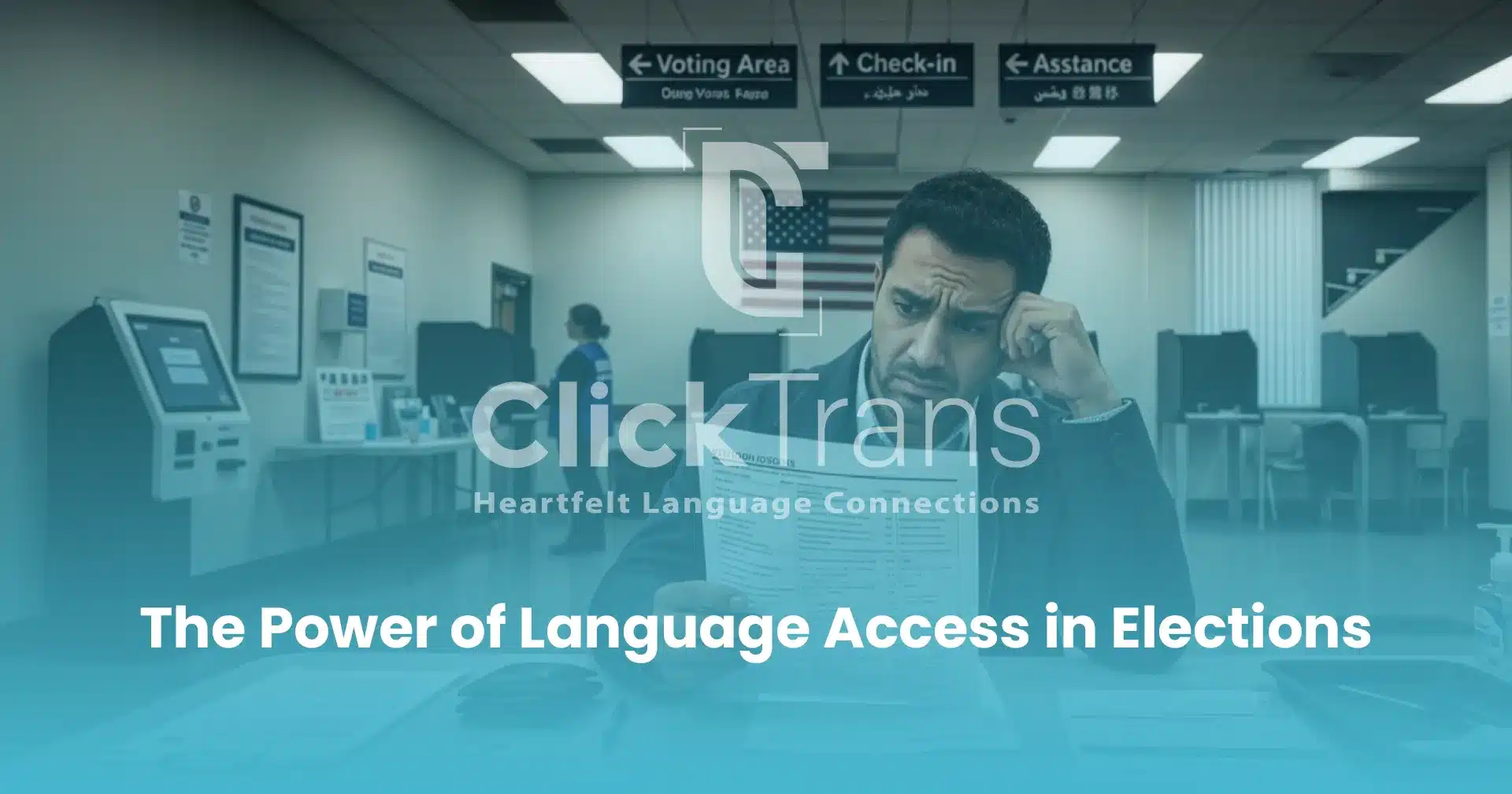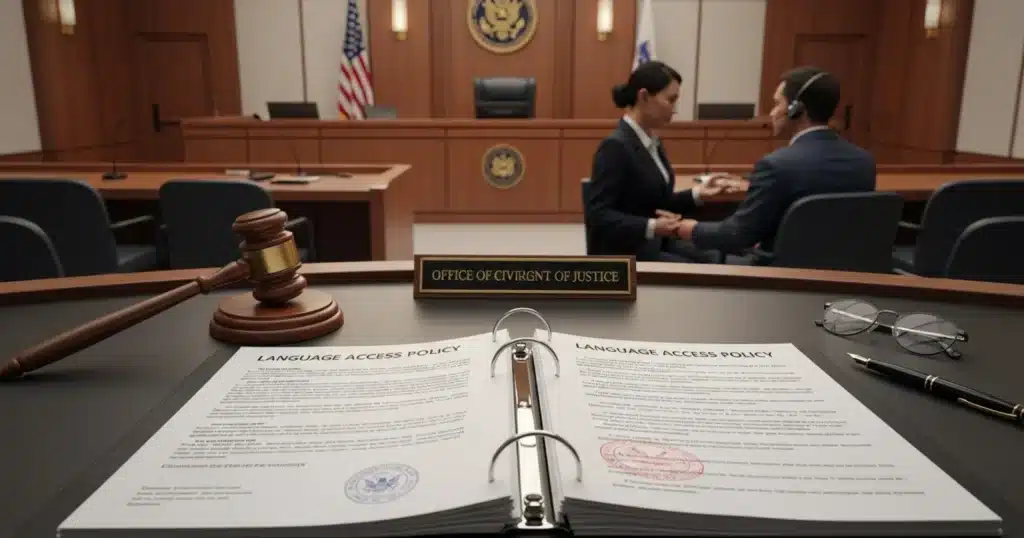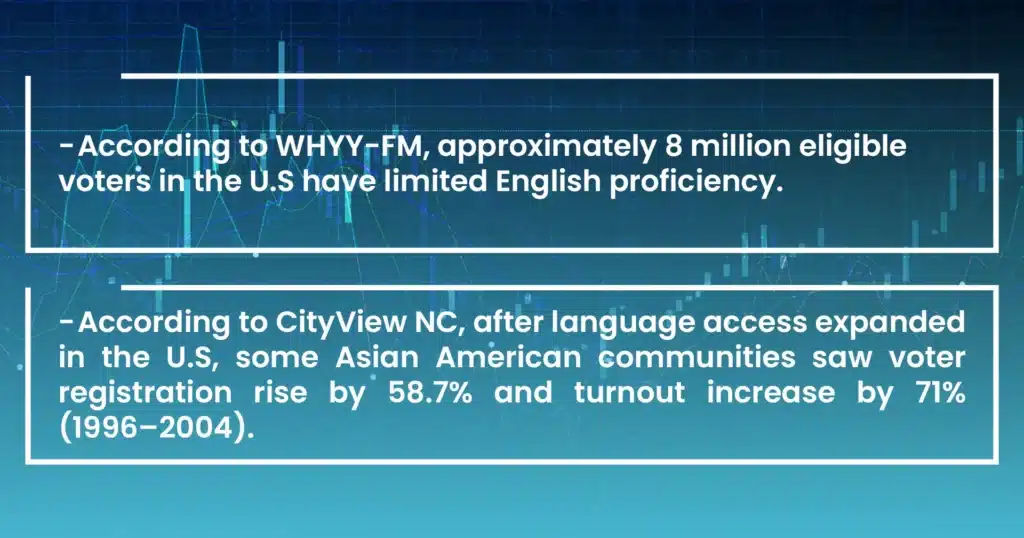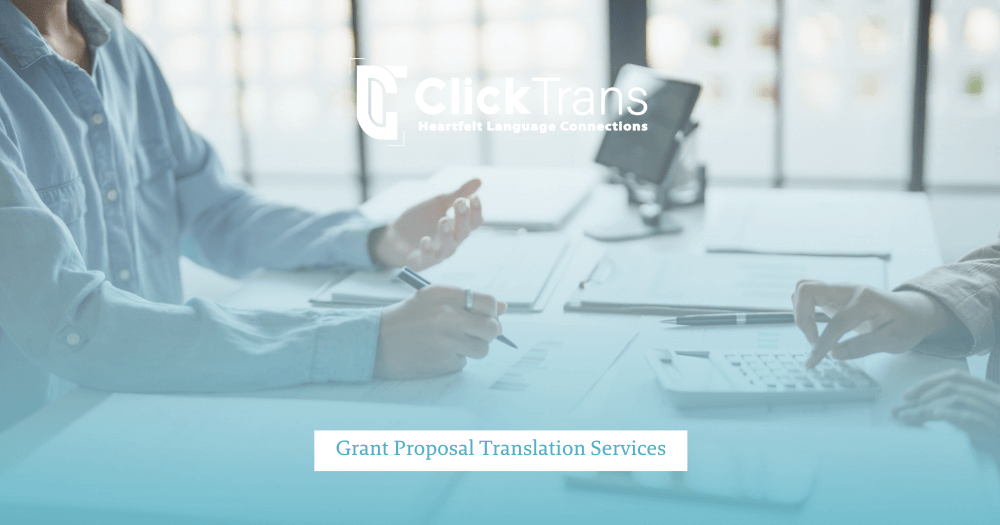Table of Contents
Ever tried reading something important in a language you don’t fully understand? Now imagine that thing is your ballot. For millions of voters, that’s election day.
Language access in elections isn’t just a convenience or an extra step, it’s a right that shapes democracy. When there is equitable access to voting information, voters’ voices aren’t silenced before they even reach the polls.
This article explores why language access matters, who it affects, and how it can strengthen trust as part of the language inclusion in democratic processes.
What Does Language Access in Elections Mean?
Language access in elections means voters can receive all essential election information from ballots, instructions, polling details, etc in a language they understand. It’s not just about translating words; it’s about ensuring voting rights for non-English speakers.
Many voters, especially immigrants or LEP communities, face barriers when election materials are only in English. Language access addresses this by offering multilingual support at every stage: registration, early voting, in-person assistance, and outreach.
Language access in democratic elections empowers voters to make informed decisions confidently and securely, because true democracy demands more than casting a vote—it requires inclusive election communication.
In short, it helps turn eligibility into actual participation with equal language access for voters.
Why Language Access Matters for Voter Participation
Language access in elections can make or break voter participation. How, you may wonder?
On the plus side, when election materials are available in multiple languages, more voters feel confident, informed, and empowered to cast their ballots. It boosts turnout, builds trust in the system, strengthens civic engagement through translation, and reflects a democracy that values every voice.
On the other hand, when language access is missing, confusion takes over. Voters may skip races, misunderstand ballot measures, or avoid voting altogether. It creates an unfair advantage for English speakers and leaves others feeling invisible.
Legal Framework Supporting Language Access
Can a democracy truly be fair if it doesn’t legally support minority language ballot access? Around the world, countries are realizing that if you want fair elections, you need inclusive election communication.
Here’s how some countries legally support language access in elections:
| Country | Legal Framework | Language Access in Elections |
| United States | Voting Rights Act (Section 203) | Requires bilingual ballots and election materials in jurisdictions with large language minorities. |
| Canada | Official Languages Act | Federal election services must be available in both English and French, including ballots and guides. |
| Belgium | Coremans–De Vriendt Law, linguistic regional laws | Elections follow strict bilingual (Dutch & French) or trilingual rules, depending on the region. |
| India | Election Commission directives, local language policies | Ballots and materials are provided in Hindi, English, and major regional languages. |
| South Africa | Constitution (1996), Electoral Act | Voting materials and support must reflect regional language preferences among 11 official languages. |
Who Is Entitled to Language Assistance at the Polls?
Poll site language resources are typically provided to voters who have limited proficiency in the dominant language used in their region.
In most places, language assistance is offered to:
- Voters with limited proficiency in the official election language (e.g., recent immigrants or older community members).
- Indigenous language speakers, especially where these languages are recognized regionally or nationally.
- Ethnic or linguistic minorities in areas with large populations that meet legal thresholds.
Key Election Materials That Should Be Translated
If we want elections to be fair, we need to make them understandable for everyone. Supporting language access in elections means pushing for key materials to be available in multiple languages.
Here’s what needs to be translated:
- Ballots (including candidate names, party affiliations, and referenda)
- Voter registration forms
- Polling place instructions
- Voter guides and sample ballots
- Information about voting rights
- Notices about voting dates, deadlines, and polling locations
- Provisional voting instructions
- Assistance request forms
Getting serious about implementing language access is great in theory, but putting it into action? That’s where things get tricky.
Governments and election offices face some tough real-world challenges, including:
- Resource limitations: Translating materials and hiring multilingual staff takes time and money.
- Data gaps: Not all communities are easily tracked in official data, making it hard to know which languages are really needed.
- Inconsistent enforcement: Some regions follow language laws closely; others barely implement them.
- Lack of trained personnel: Finding qualified translators or bilingual poll workers, especially in rural areas, can be tough.
- Political resistance: Language access in elections is sometimes wrongly framed as unnecessary or costly, which delays progress.
Best Practices for Providing Language Access
Ensuring effective minority language ballot access requires more than translation, it takes strategy, resources, and local insight.
Here are solution-driven practices:
Hire and train bilingual poll workers
Partner with universities, cultural centres, and language programs.
Multilingual Digital Platforms
Develop websites and apps fully accessible in multiple languages.
Plain Language Principles: Write original content clearly and concisely, simplifying translation and improving comprehension for all.
Interpretation Services
Offer on-demand phone interpreters for immediate assistance with complex questions.
Audiovisual Language Resources
Create videos, audio recordings, and visual aids in various languages to explain voting procedures.
Language Access Coordinator
Designate an individual or team to oversee all language access efforts.
Partner with Ethno-Specific Media
Collaborate with local, language-specific media to translate election information.
Test translated content
Using usability testing, test translated content not just for accuracy, but for voter comprehension and tone.
Looking for accurate, certified, and fast translations?
Contact us today and request a free quote.
Conclusion
Democracy speaks loudest when everyone understands it. If language access in elections has felt like someone else’s issue, consider this your invitation to step in.
Look around, your local polling place, your community networks, your elected officials. Who’s being heard? Who’s being left out? Whether you’re multilingual, a community advocate, or simply someone who believes in fair elections, there’s a role for you to play.
language inclusion in democratic processes isn’t a checkbox; it’s a choice we must keep making. So, let’s choose equal language access for voters.
Frequently Asked Questions
Is language access only needed in immigrant-heavy areas?
No. Even in smaller or rural regions, voters may speak Indigenous or minority languages and need support.
Who decides which languages are offered during an election?
This depends on each country’s laws, but it’s often based on census data, community size, or voter requests.
Does offering language access slow down the voting process?
When done right, it actually speeds things up. Voters are less confused and poll workers answer fewer questions.
How can individuals advocate for better language access?
They can contact election offices, join community coalitions, and report language gaps after voting.








